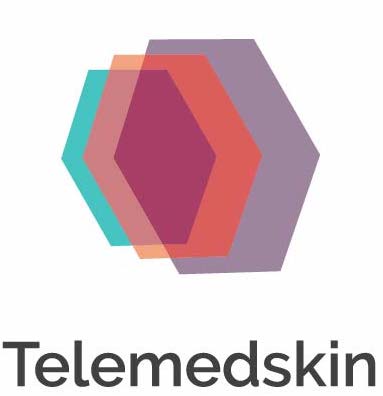Acne Vulgaris and Teledermatology
- Inflammatory skin conditions are well-suited for Telemedicine in Dermatology: Acne Vulgaris is one of them
- Now, let’s look at acne. This is the lowest hanging fruit if you want to practice teledermatology.
- It was shown to be easily managed via teledermatology, either by store and forward, or video visits.
- There are many studies which have looked at the efficacy and tools to assess acne photos. And since then many more were published; it clearly demonstrates that the patient obtained images were adequate to rate the severity of acne.
- Another publication also showed that the technology compared to in-person assessment for acne had similar efficacy.
- Finally, a randomized control trial, looking at the use of mobile teledermatology to help patients on isotretinoin showed that the patients taken care of via teledermatology had similar results in terms of efficacy and quality of life.
- A recent report (2020) during the pandemic showed that most patients appreciated the visits and the attention that the physician gave them through teledermatology, as well as the treatment received. And 90% of these patients assessed through teledermatology wanted to continue consult with the same dermatologist.
Advice for picture taking:
- adequate lighting to properly visualize the entire rash.
- Make sure that there is no glares or shadows.
- Use a solid background without patterns.
- The image should be free of artifacts, tell the patients to take their jewelry or shiny watch or things like that.
- Avoid altering the images using filter, especially if it is coming from the patient. Instagram or Snapchat filters make it look good, but bring confusion.
Reference: Trilokraj Tejasvi, MD. Making online decisions inflammatory dermatoses. 8th World Congress of Teledermatology, Skin Imaging and AI in Skin diseases – November 2020
